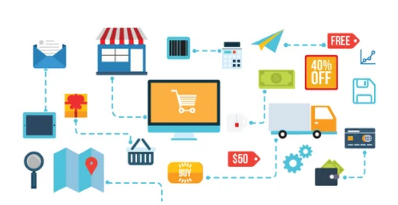A Material Management System (MMS), also known as a Materials Management Information System (MMIS), is a software solution designed to manage the entire lifecycle of materials or goods within an organization. It encompasses various processes related to procurement, inventory control, storage, distribution, and usage of materials.
The key components and features of a Material Management System typically include:
Procurement: The system facilitates the procurement process by automating purchase requisitions, purchase orders, and supplier management. It streamlines the workflow from requesting quotes to receiving and approving purchase orders.
Inventory Management: The system tracks and manages inventory levels, locations, and stock movements. It provides real-time visibility into available stock, stock-in and stock-out transactions, stock valuation, and aging of inventory. It also supports inventory optimization techniques such as ABC analysis, reorder point calculation, and safety stock management.
Warehouse Management: The system assists in organizing and managing the physical storage of materials within warehouses or storage facilities. It includes features like bin management, storage location mapping, and picking strategies to ensure efficient storage and retrieval of materials.
Material Tracking: The system allows organizations to track materials throughout their lifecycle. This includes tracking the movement of materials from procurement to usage, maintaining a record of material transfers between departments or projects, and capturing material consumption or usage data.
Vendor Management: The system helps manage vendor information, including supplier details, contracts, performance evaluations, and communication. It facilitates supplier relationship management, streamlines communication, and supports vendor performance analysis and rating.
Material Planning and Forecasting: The system may include tools to forecast material requirements based on historical data, sales projections, or production plans. It assists in material planning, determining optimal order quantities, and scheduling replenishment based on demand forecasts.
monitor key performance indicators (KPIs), inventory turnover rates, material costs, and other relevant metrics. It enables data-driven decision-making and helps identify areas for improvement in material management processes.
Integration with other systems: A Material Management System often integrates with other business systems such as Enterprise Resource Planning (ERP) systems, accounting software, and supply chain management solutions. Integration ensures seamless data flow across different departments and systems, reducing manual data entry and improving data accuracy.
Implementing a Material Management System can bring numerous benefits, including improved inventory control, optimized procurement processes, reduced stockouts and excess inventory, enhanced material traceability, streamlined workflows, cost savings, and increased operational efficiency.



